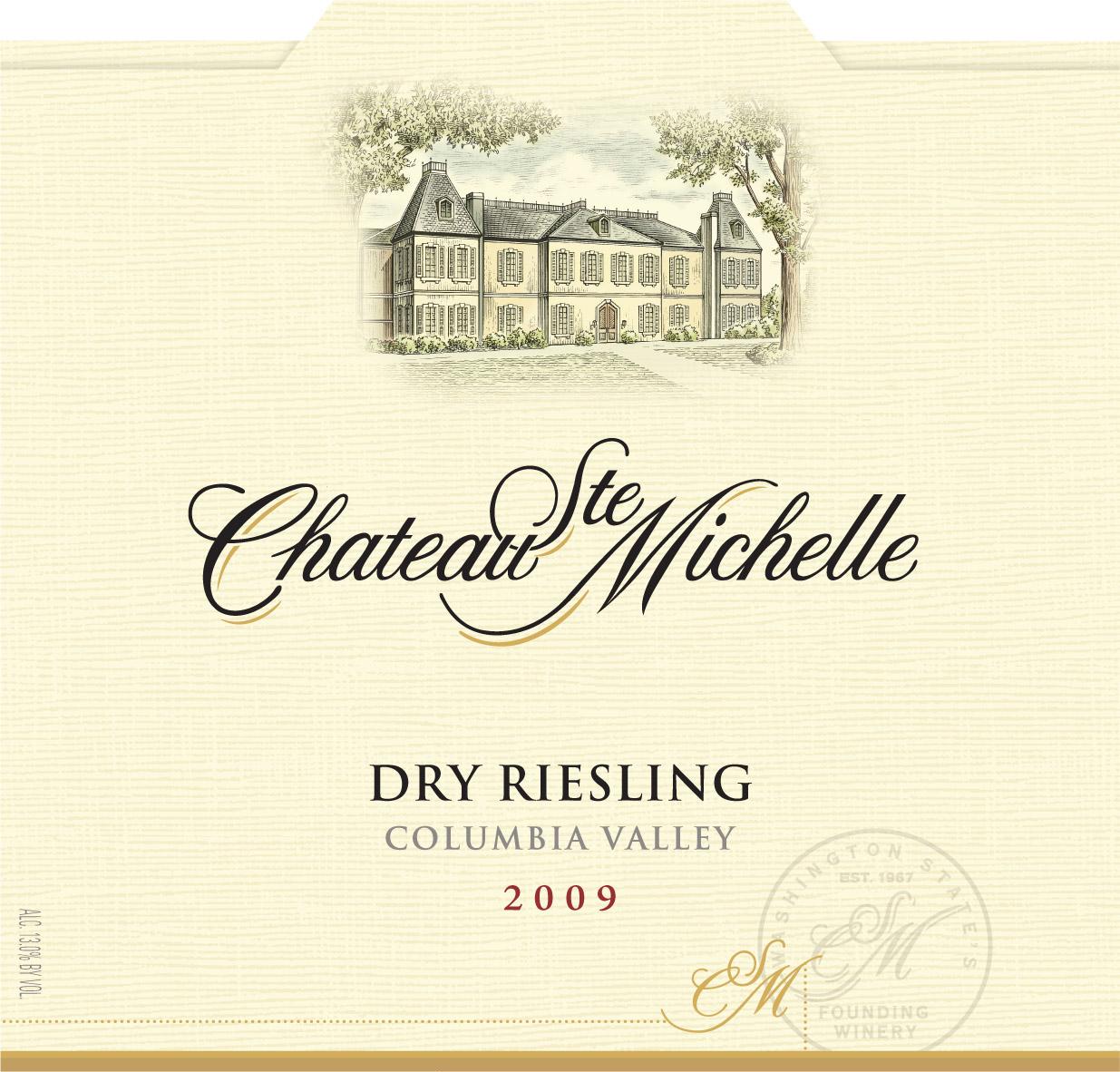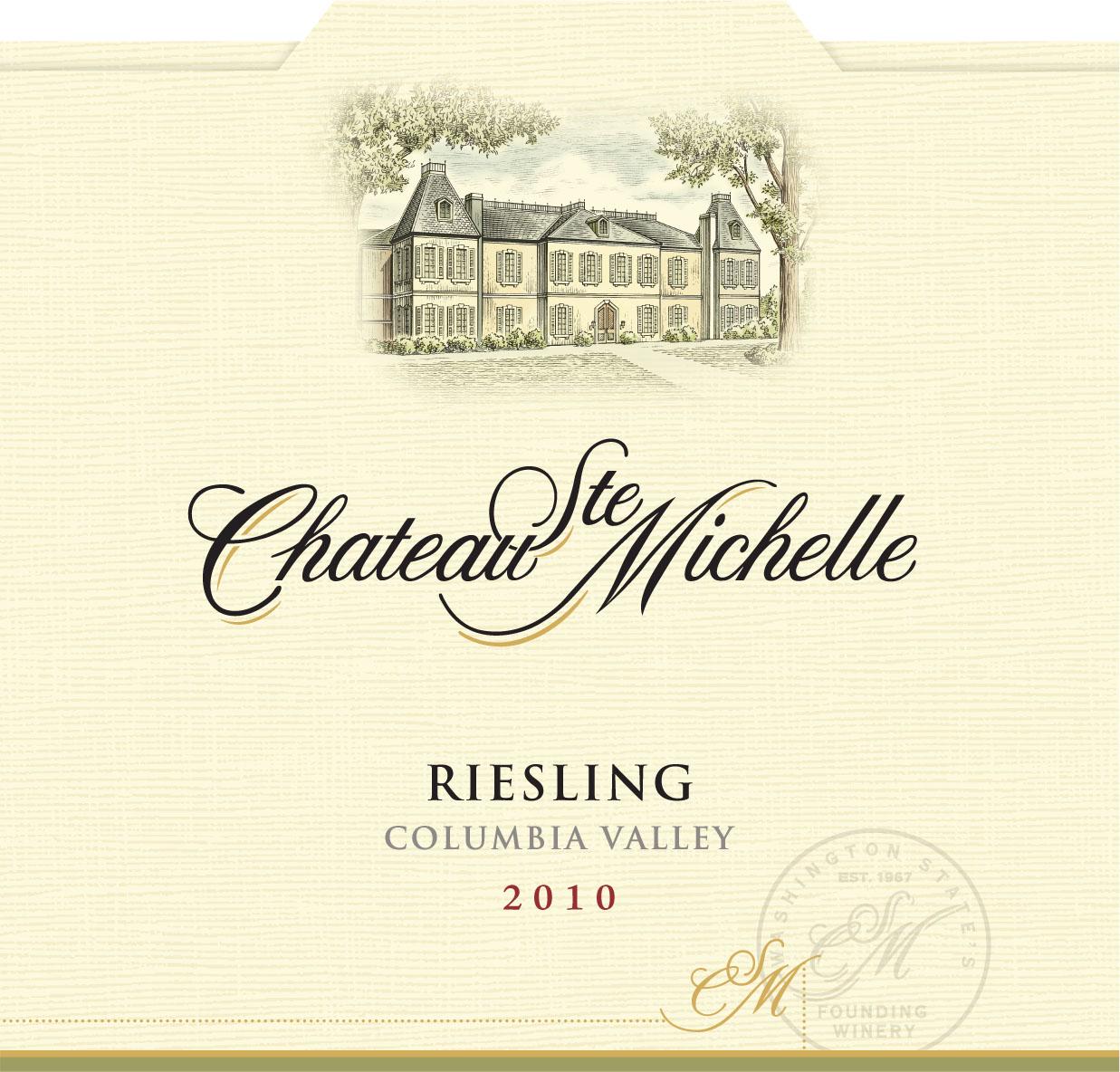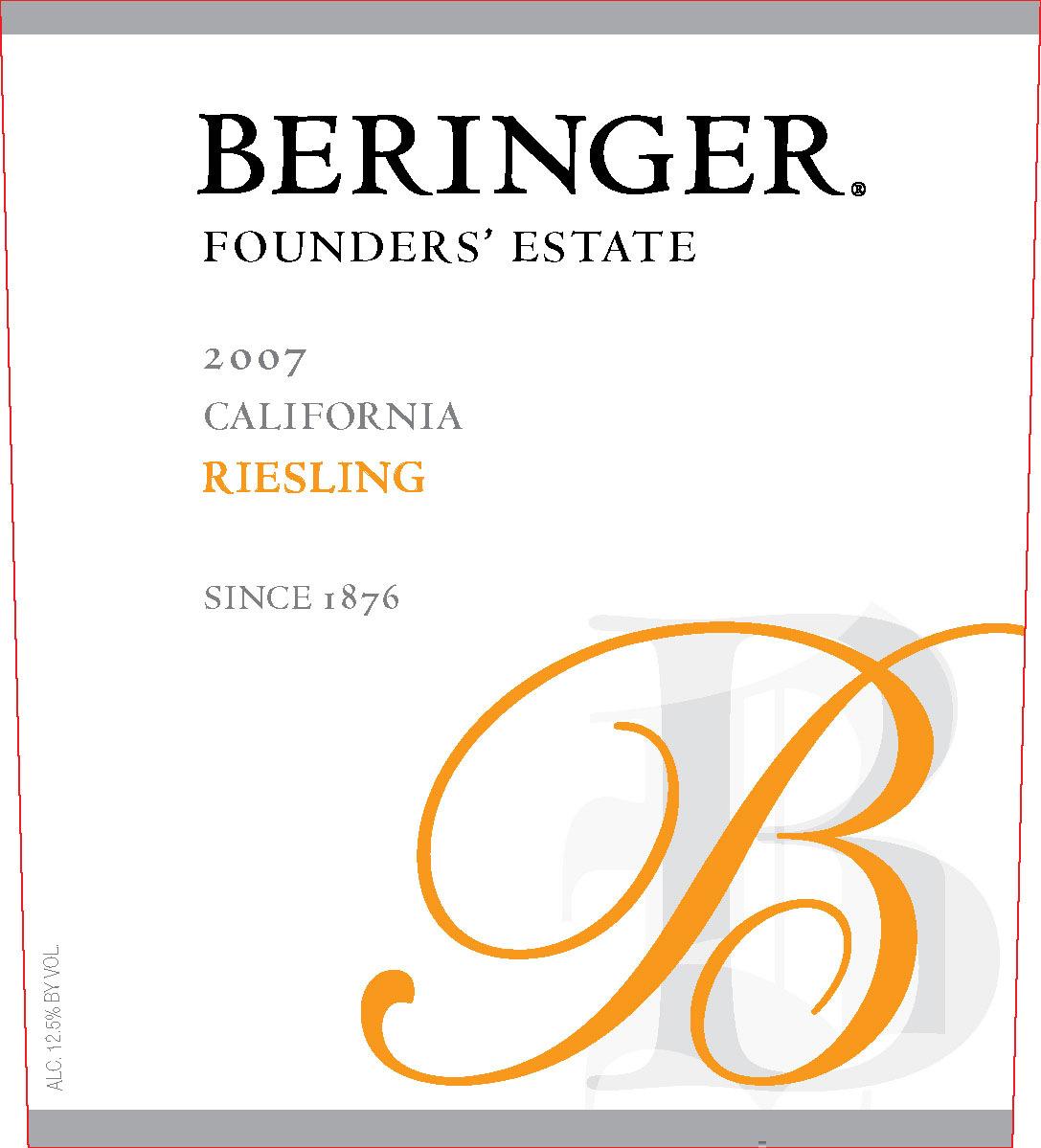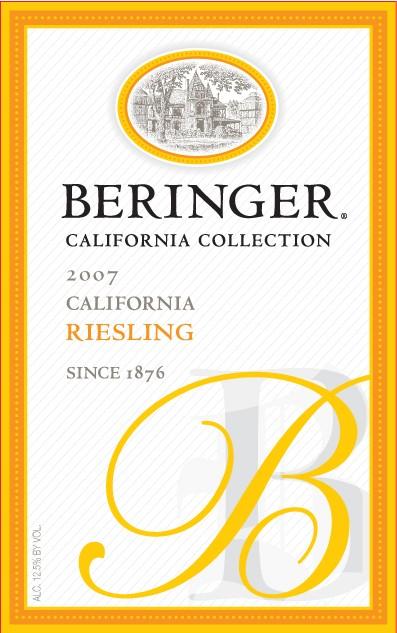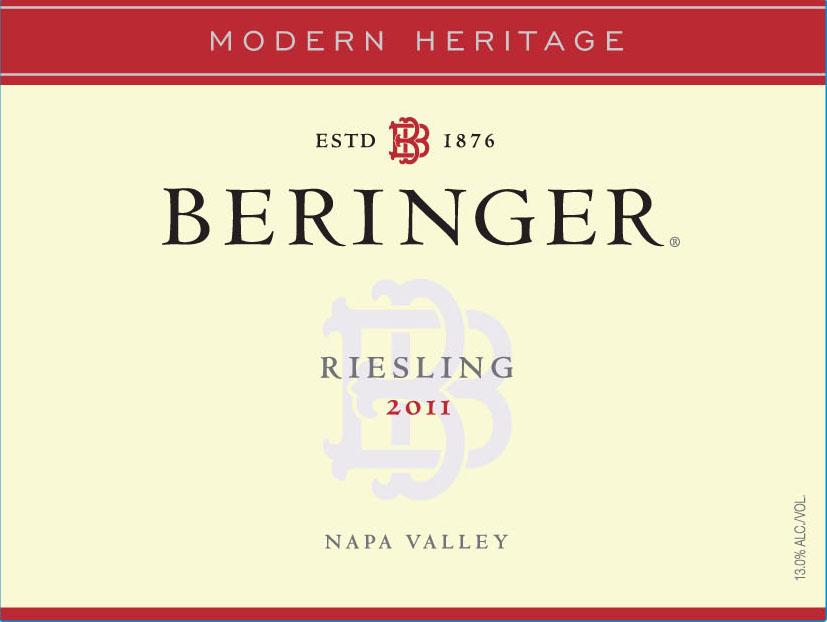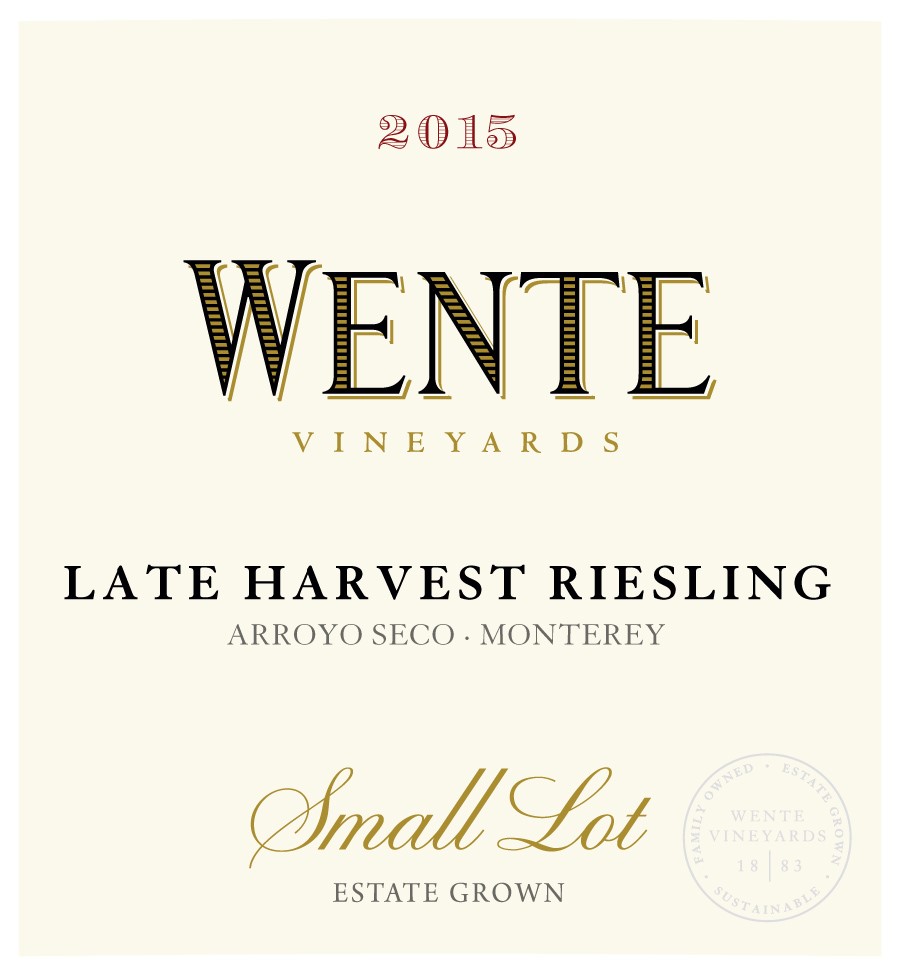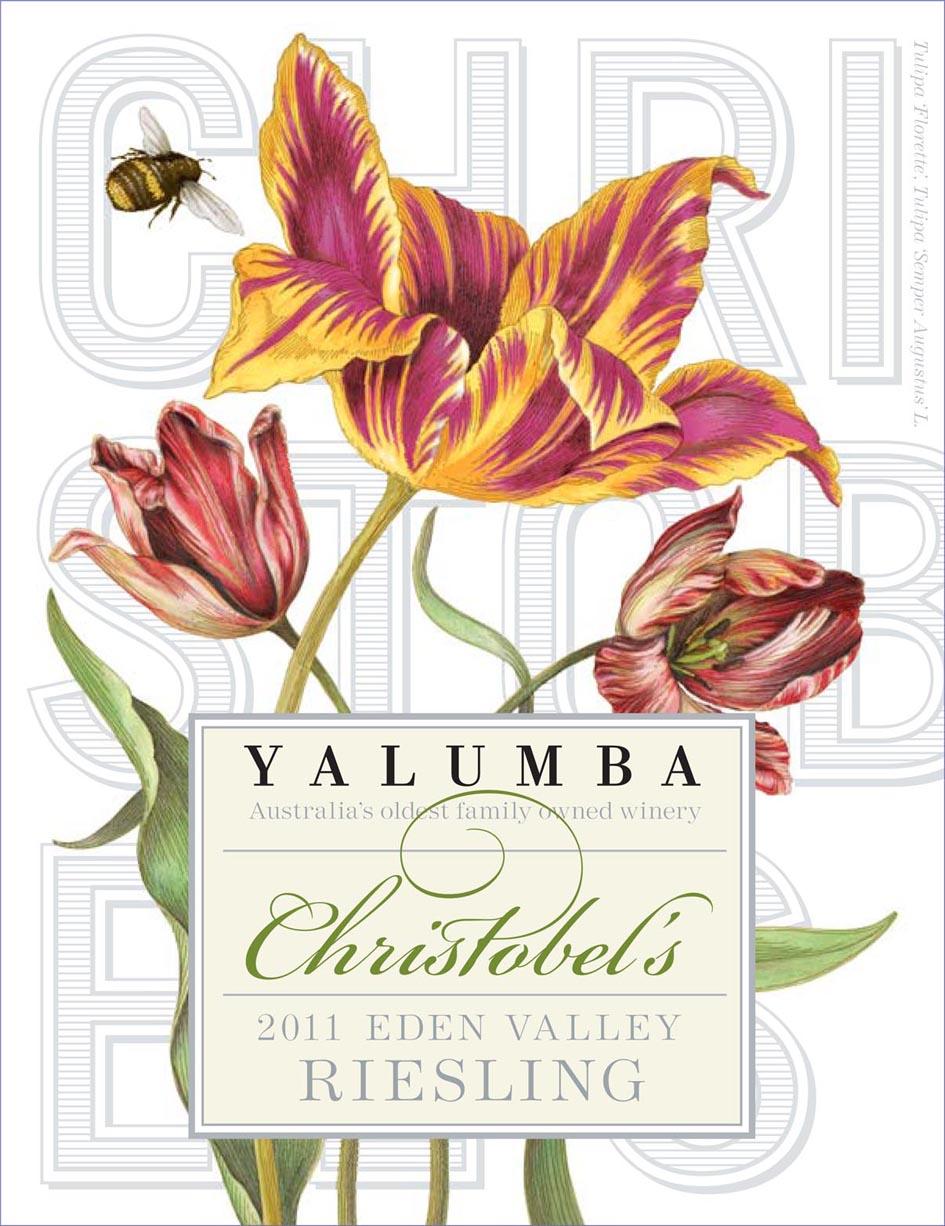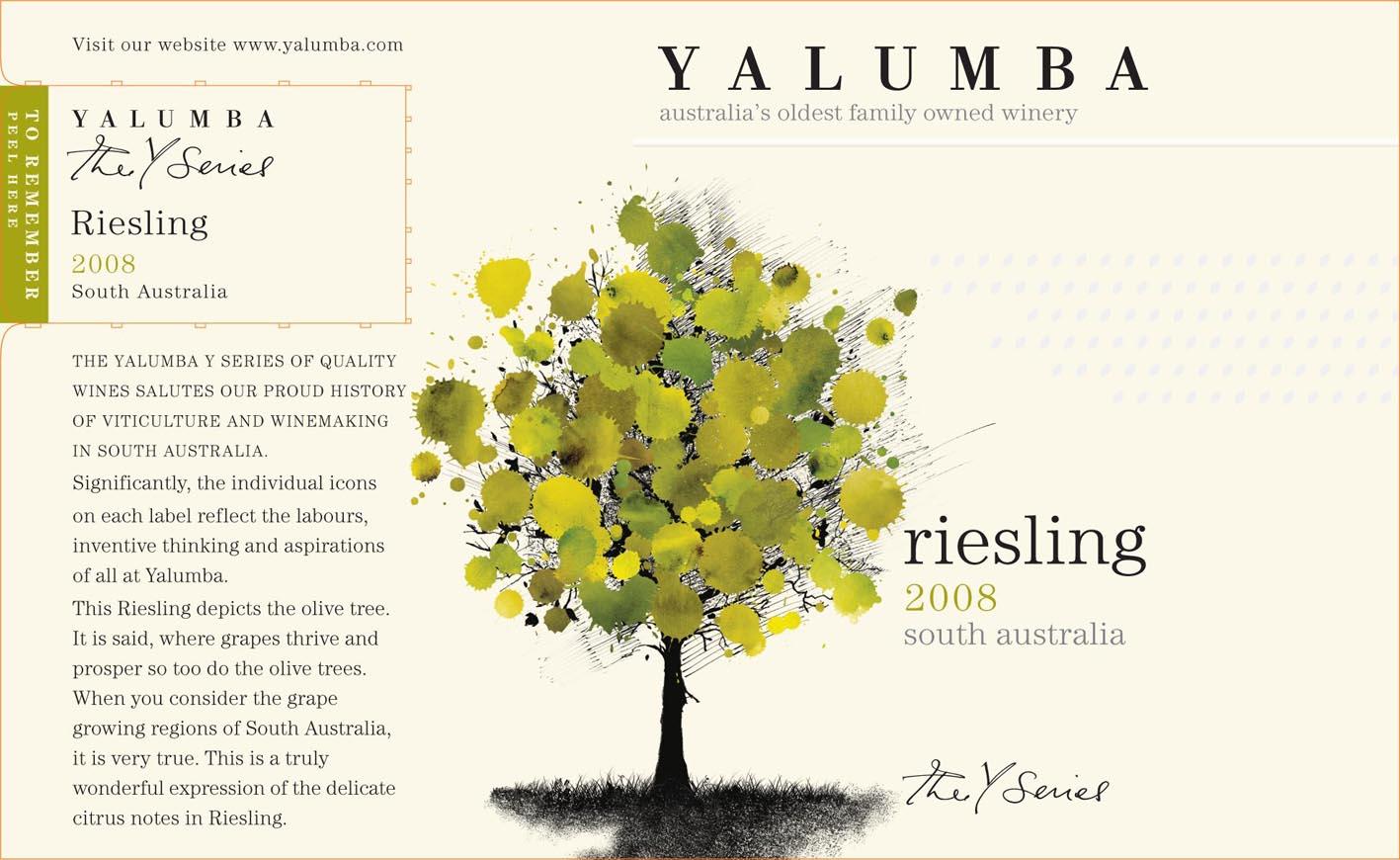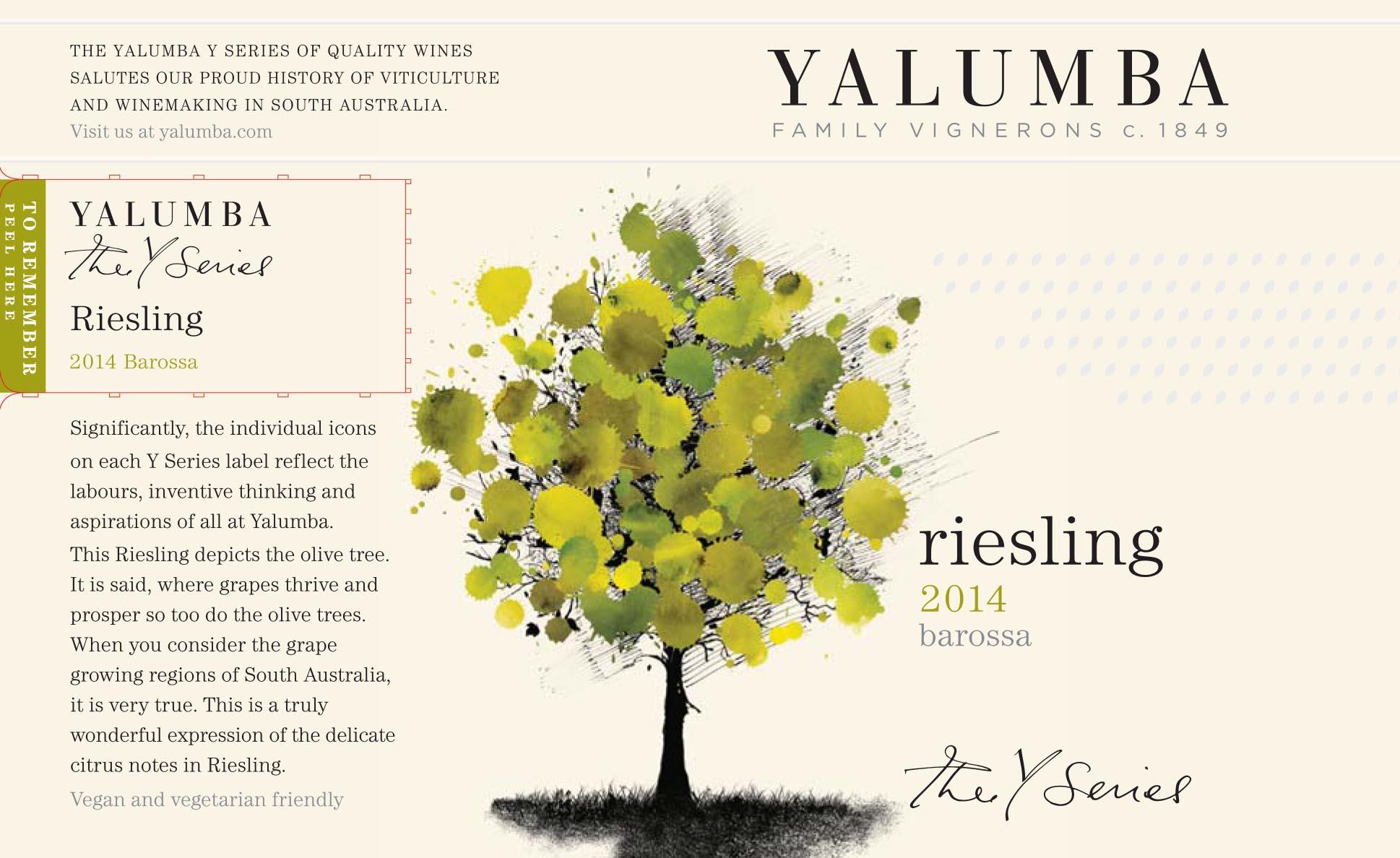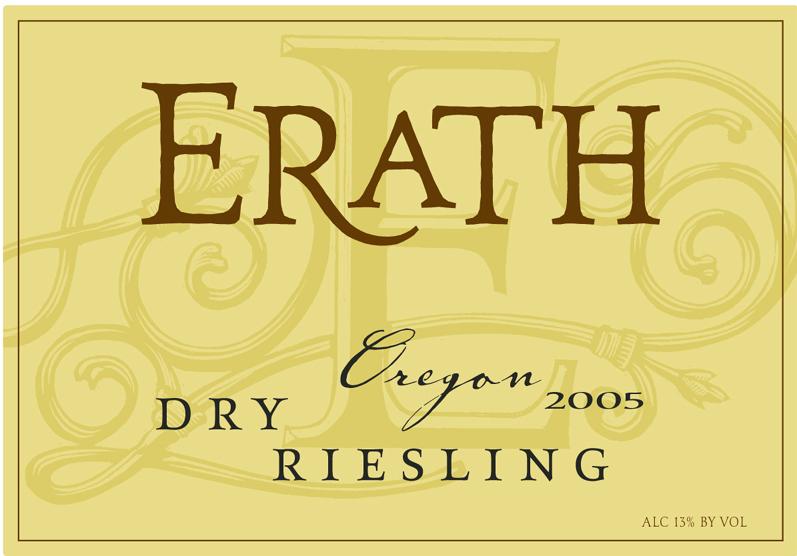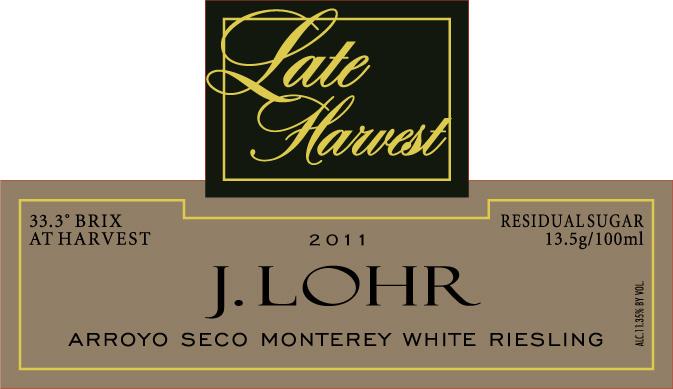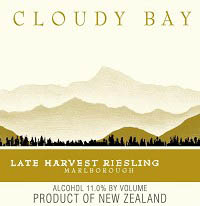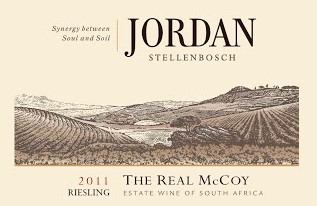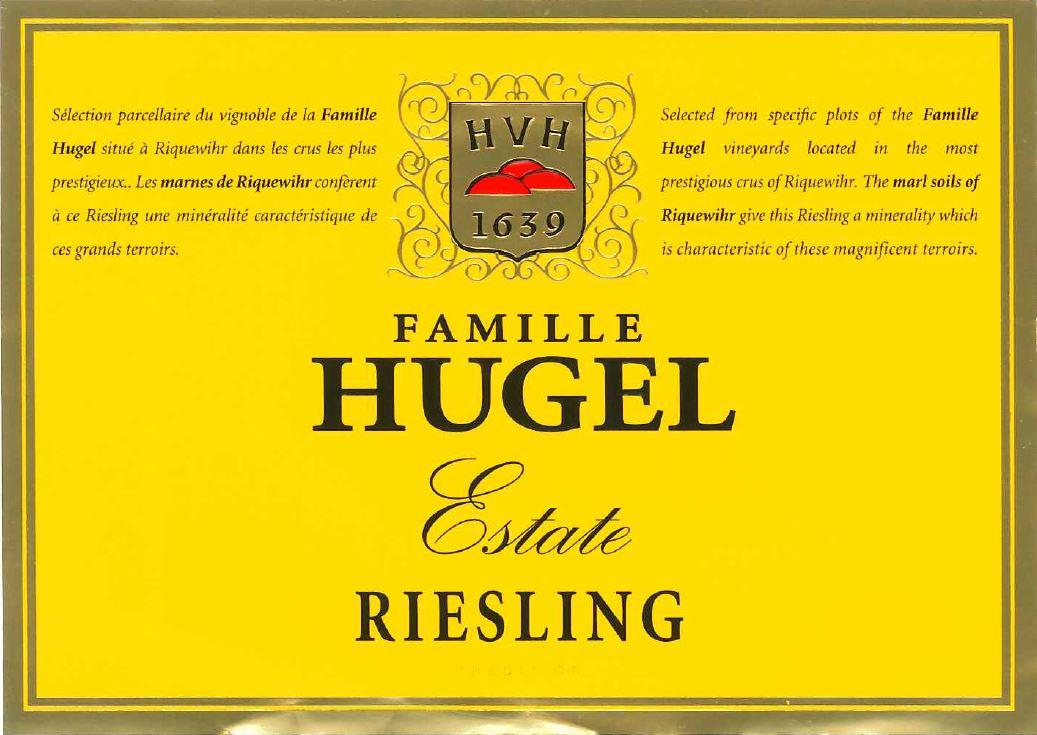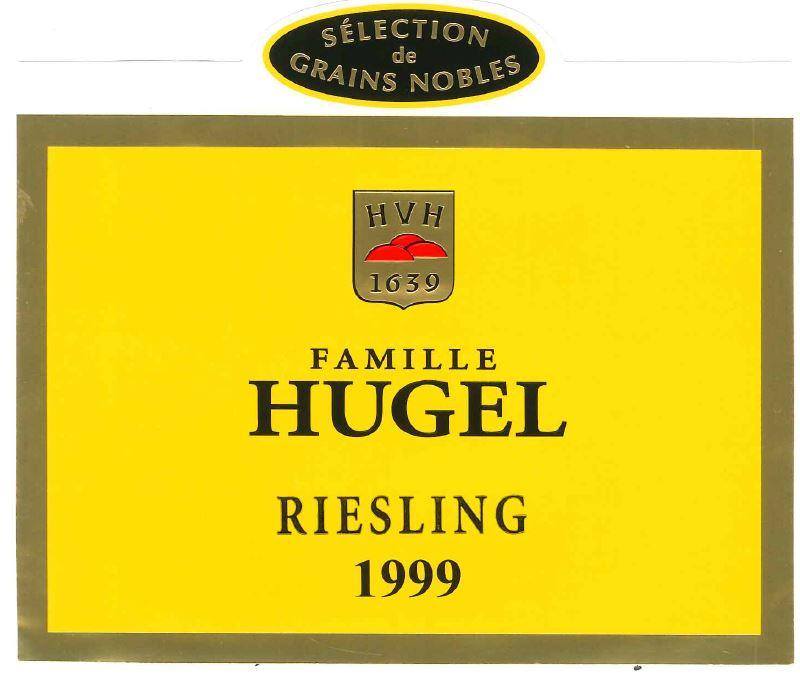Characteristics of Riesling
Riesling thrives in cooler climates and is known for its ability to mirror the terroir of its vineyard, providing a clear sense of place in each sip. Its small, tightly clustered berries are particularly susceptible to noble rot, which can produce sublime sweet wines like Beerenauslese and Trockenbeerenauslese. The grape's naturally high acidity balances these sweeter styles and ensures an impressive aging potential. Riesling is also unique in its ability to develop complex aromas over time, including floral notes and fruit flavors that evolve into honeyed, even petrol-like, nuances as it matures. This dynamic grape continues to captivate wine lovers around the world with its diverse expressions and ability to adapt to different conditions while maintaining its signature characteristics.
Notable Region Riesling Grows In
Riesling showcases distinct characteristics depending on the region, reflecting the grape's adaptability and the unique terroir of each area.
- Germany: Mosel is renowned for its elegant, mineral-driven Rieslings with bright acidity and flavors of green apple and citrus.
- France: Alsace produces fuller-bodied Rieslings with complex stone fruit flavors and spicy undertones.
- Australia: Clare Valley is famous for its intense lime and citrus-flavored Rieslings with a steely backbone.
- United States: Washington State offers vibrant Rieslings with balanced acidity and flavors of stone fruits and honey.
Food Pairings - Riesling
Riesling's versatility and vibrant acidity make it a delightful companion for a wide range of foods, from light seafood to rich desserts, enhancing each dish with its nuanced flavors.
- Seafood & Light Meats: Dry Riesling, with its sharp acidity and mineral notes, pairs beautifully with fresh seafood such as oysters, sushi, and ceviche, as well as lighter meats like chicken and Wiener Schnitzel, all of which benefit from the wine's refreshing qualities.
- Spicy & Rich Dishes: Off-dry Rieslings, with their balance of sweetness and acidity, complement spicy cuisines like Thai and Indian, while also enhancing rich poultry and pork dishes, such as duck or glazed ham, by taming heat and accentuating flavors.
- Desserts & Cheeses: Sweet Rieslings, like Auslese, provide a perfect match for fruit-based desserts and pungent cheeses, their sweetness balancing the saltiness of cheeses like Roquefort and harmonizing with the sweetness of dishes like lemon meringue pie.
How to Serve Riesling
How to Serve Riesling
Serving Riesling correctly can enhance its vibrant flavors and aromatic complexity. Here are some tips to ensure you get the best out of your Riesling experience.
- Serving Temperature: Serve Riesling chilled at 45–50°F (7–10°C) to highlight its bright acidity and aromatic profile.
- Glassware: Use a glass with a narrow bowl to concentrate its delicate aromas.
- Decanting: Generally unnecessary, but older vintages might benefit from brief aeration to enhance their complex aromas.
- Aging Potential: Rieslings can age beautifully, with some high-quality bottles improving over decades, developing honeyed and petrol-like notes.
- Storage: Store in a cool, dark place at around 55°F (13°C) with moderate humidity to maintain its freshness and aging potential.



